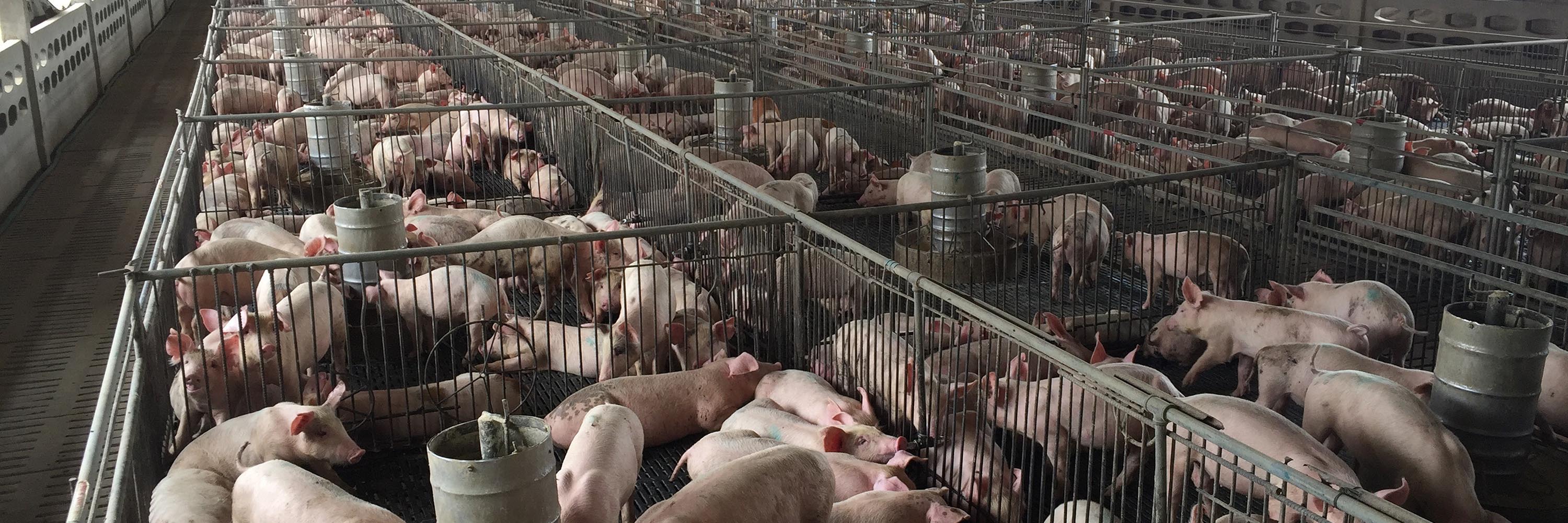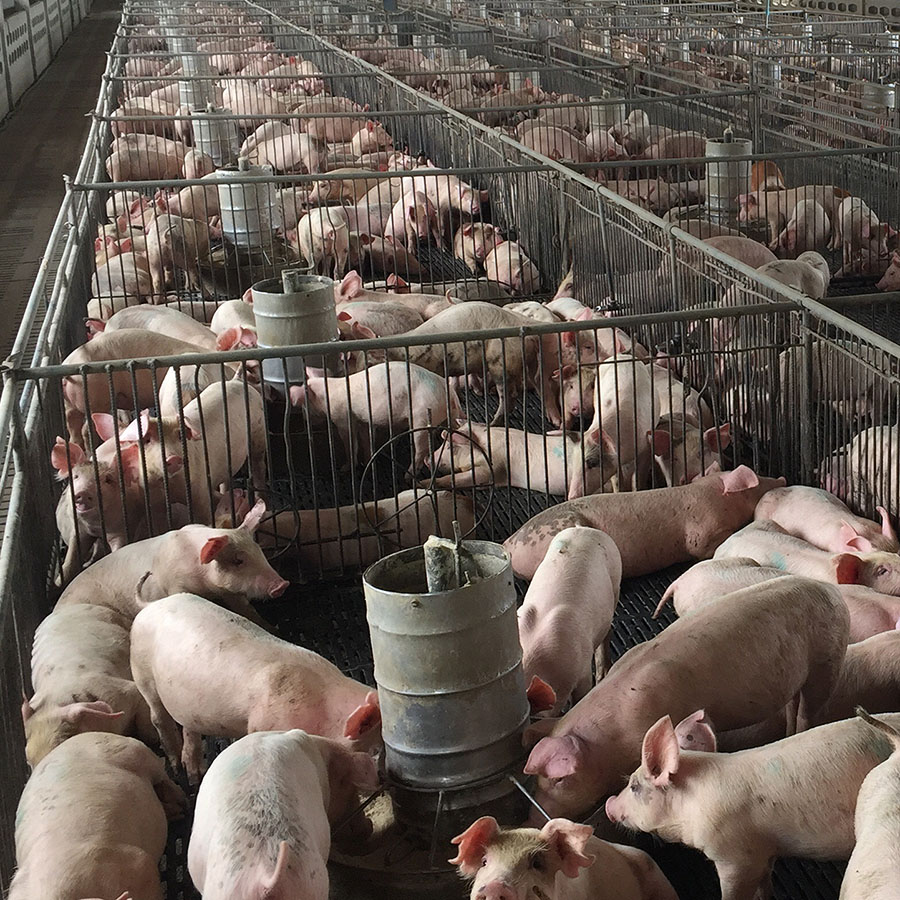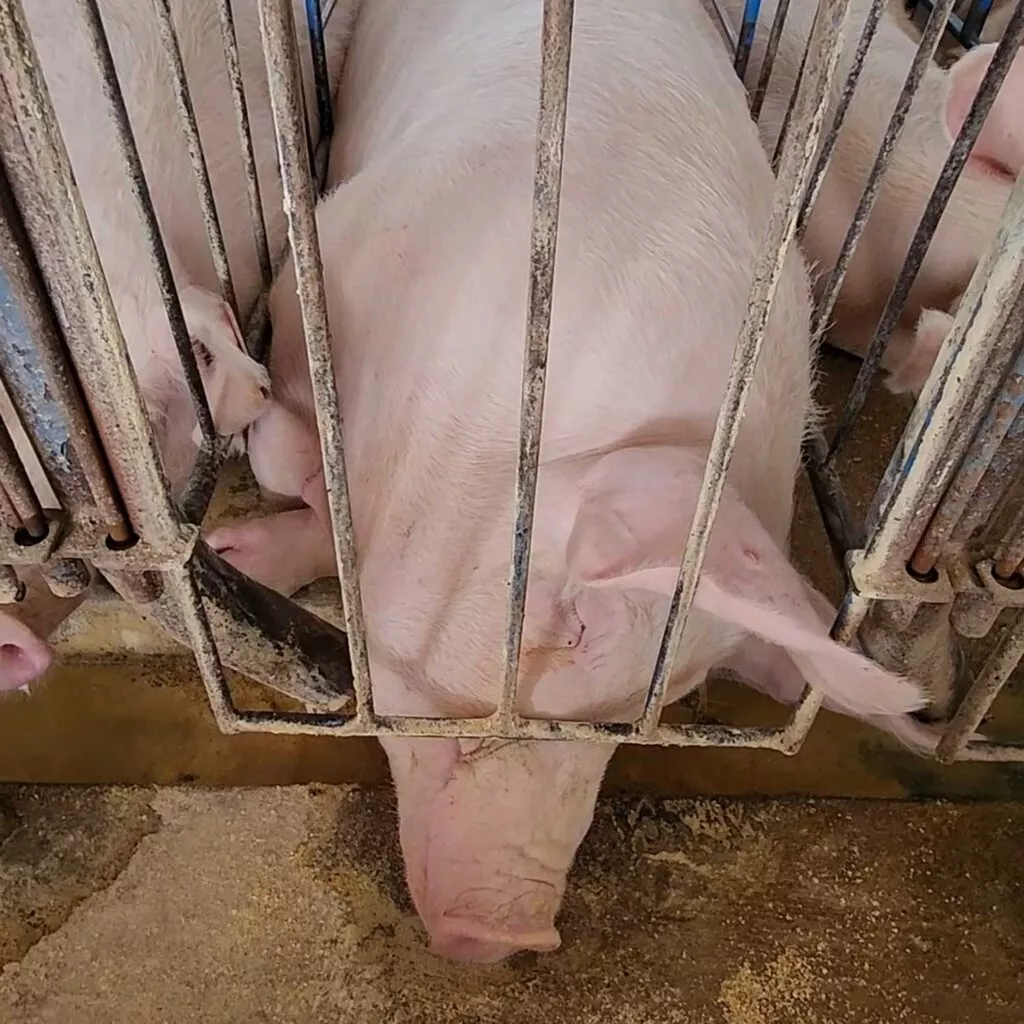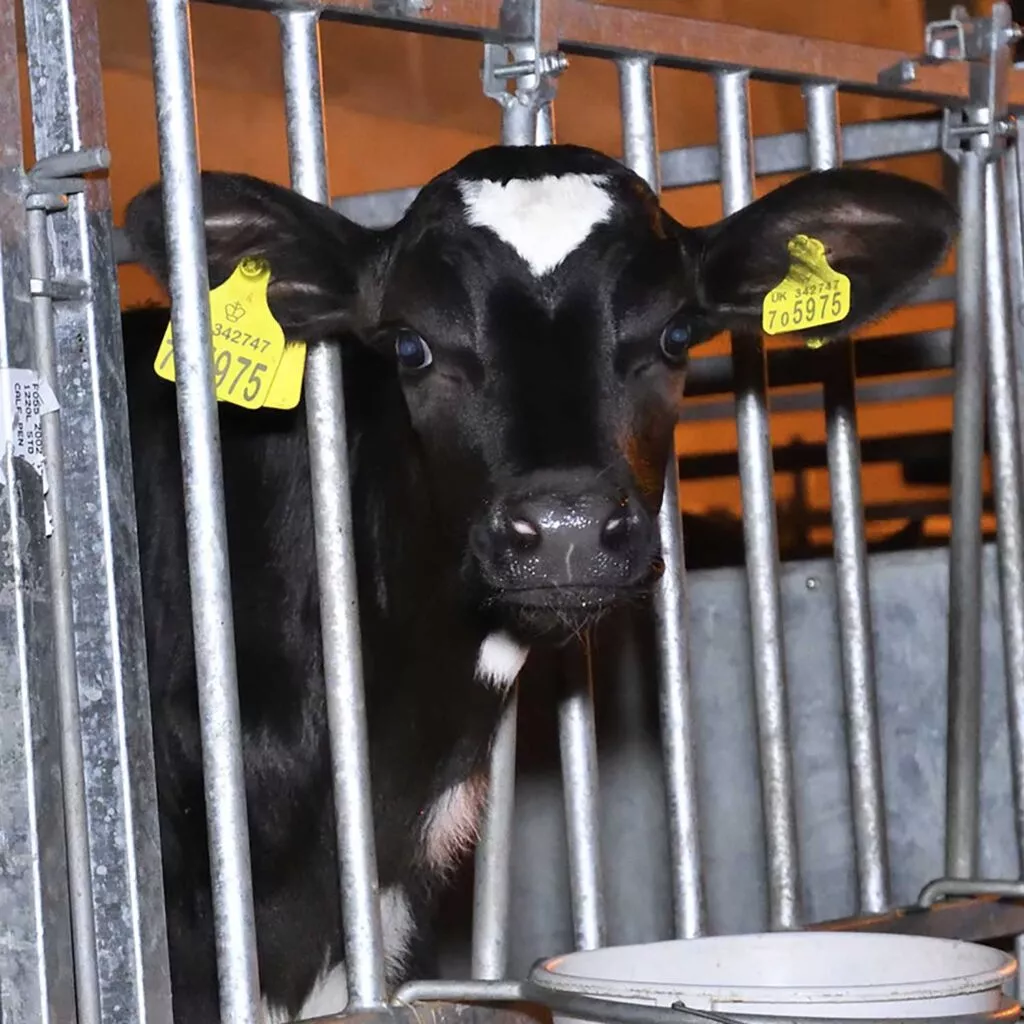

New swine flu identified with pandemic potential

THE DETAILS: According to a study published in the Journal of the United States National Academy of Sciences, the virus (which has been named G4) genetically descends from the H1N1 strain that caused a pandemic in 2009. According to the study’s authors, as well as numerous scientists from China’s Center for Disease Control and Prevention, the WHO and the University of Nottingham, this virus has “all the essential characteristics of being highly adapted to infect humans.” The study, which was based on monitoring farms in 10 provinces of China between 2011 and 2018, also revealed that 10.4% of workers tested positive for G4 and that workers between 18 and 35 years old tested positive at a higher rate: 20.5 percent.
HISTORY REPEATS ITSELF: The H1N1 virus is highly infectious. In 2009, it spread around the world killing around 285,000 people. The new G4 EA H1N1 strain has been common in pig farms in China since 2016 and though it has appeared in humans without causing disease, this could change at any time. The study notes that “G4 viruses have all the essential hallmarks of a candidate pandemic virus” and researchers are concerned that the virus may trigger a global outbreak should it mutate to stage where it can infect humans. Speaking about G4 on Capitol Hill this week, Dr. Anthony Fauci, who is currently on the task force to manage the US response to COVID-19, told US Congressional leaders that the new virus also has genetic traits of the 1918 Spanish Flu. “It’s something that still is in the stage of examination,” Dr. Fauci said. The virus is not “an immediate threat where you’re seeing infections, but it’s something we need to keep our eye on, just the way we did in 2009 with the emergence of the swine flu.”
WHAT THEY’RE SAYING: “The study comes to us as a healthy reminder that we are constantly at risk of new zoonotic pathogens and that farm animals – with whom humans have more contact than with wildlife – can act as the source of major pandemic viruses.” James Wood, Head of the Department of Veterinary Medicine at the University of Cambridge, commenting on the new research into G4.
ANIMAL AG AGAIN TO BLAME: Once again, the intensive breeding of animals for food has led us to the doorstep of another possible pandemic. With COVID-19 most likely emerging from a wet market in China, and other animal-borne diseases like MERS, SARS and the aforementioned H1N1 already in the history books as dangerous viral killers, we are again facing another disease outbreak threat thanks to society’s dependence on animal products. Our investigations have shown the horrendous treatment of farmed animals and revealed the cruel nature of industrial farms and slaughterhouses. We’ve also shown how these conditions are the perfect breeding ground for zoonotic diseases. Even the Centers for Disease Control and Prevention mentions that 3 out of every 4 infectious diseases in humans come from animals. It’s time for a drastic change before it’s too late. You can make a difference for animals, people and the planet by making compassionate choices and sharing with your friends and family information on the inherent dangers of relying on an abusive and destructive food system.
Recommended




